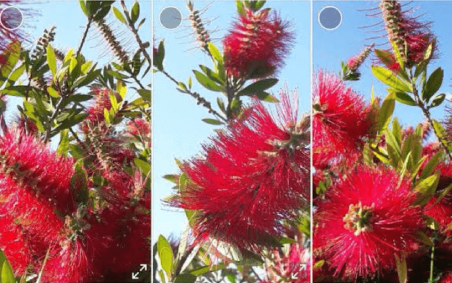Asilvestradas is a photography and video exhibition dealing with the return of the repressed: wildflowers explode on concrete as hallucinogenic manifestations of our forgotten link with nature. The artist takes us along a green path that discovers and portrays the feral spring that took place in so many cities during the first confinement.
The great French theorist Gérard Genette wrote: “it is not the object that turns a relationship aesthetic, but the relationship that turns an object into an aesthetic one.” Under the gaze of Rosa Codina, the nightmare of confinement becomes a truly dreamlike adventure in which the surreal beauty of the humble gives us back the sense of utopia and our place in the world. Her text ‘Spring Tale’ narrates her creative process: an amazed walk portraying time: from the blooming waves to wintery retreat.
Inevitably, this seasonal route arouses a vegetal erotomachy. Let us keep in mind that flowers are plants’ sexual organs, in fact, at times, we humans use their names to refer to our own. Under the name of Cloris or Flora, flowers’ divine status has always been there. The work of the gardenosopher Santiago Beruete narrates how venerable fathers of the Church, such as Aquilino de Tours, Epifanio or Diodora Neopomuceno, among many others, were torn between the furor hortensis – that is, the possibility of sexually enjoying a walk in an orchard – and the hard labour of gardening as a means to flee from sex and ‘plant the sky’. The attraction we feel towards flowers is so intense, that insensitivity to their charms – what writer and activist Michael Pollan calls “floral tedium” – might be considered as a symptom of depression.
The importance of what Humanity refers to as ‘Nature’ – as if we were an entity separate from it – is once again picked up by Environmental Psychology as far as it demonstrates the environment as both a constrain to our way of life and to our way of being and, of course, health. The new urbanism in as an attempt to reinvent the city by making it greener and, thus, more liveable. Therefore, gardens as well as each simple curb or ditch flower becomes the engine of social change, as they symbolize the hope of an idyllic city in a fairer world.
In “Poética de lo silvestre y narrativa de la luz en la fotografía au plein air de Rosa Codina”, Santiago Beruete’s ‘green essay’ exposes why human feralism is key to our own survival; whereas the planet we call Earth will surely survive without us. The philosopher’s thought sees the garden as an ally of light – for it never arises from darkness – and the garden as a delightful paradise, but also as a stage for the fall.
In a post-pandemic context, Asilvestradas proposes a re/enchantment of the world in which what we usually consider ‘weeds’ show their beauty as the obverse of our own ugliness. Their wholesome innocence embodies our biophilia while they invite us to contemplate them and forget about ourselves. Their beauty keeps utopia alive and anticipate the sky, while questioning the distinction we make between nature and culture. Thus, to become feral and to enlighten ourselves turn into the same process: to become ‘cultivated’ people capable of reconciling the ideal and the real, willing to fulfil the raison d’être of the garden that we inhabit before we are definitively expelled from it.
